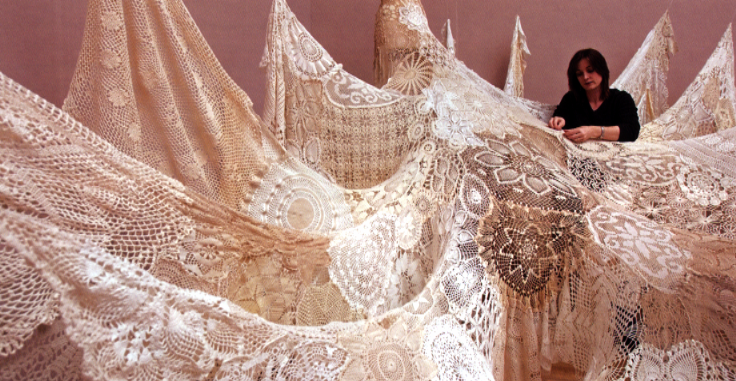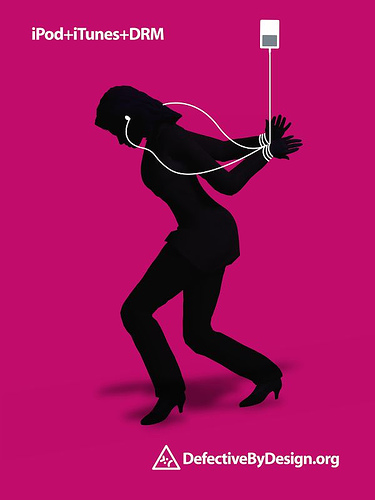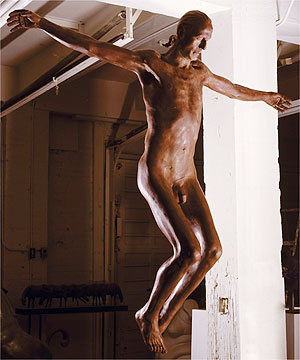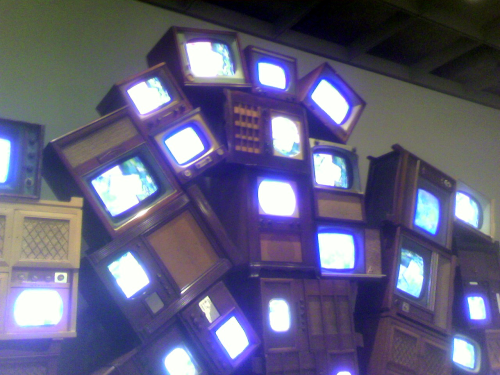
Amy Winehouse, that tragically reckless, drunkenly compelling chanteuse from the UK is on her American tour. She played at the Highline Ballroom in Manhattan last night. Here is Jon Pareles’ take, from The New York TImes
Amy Winehouse is a tease. The songs on her second album, “Back to Black†(Universal Republic), revive the sound of 1960s and 1970s soul with tales of plunging into temptation and toughing out the consequences. She drinks, she cheats, she falls for the wrong guys, she cries; she refuses rehab with a magnificently simple refrain, “I said no, no, no.â€
Amy Winehouse – Music – Review – New York Times
The most distressing part of this review is this line: “And a set that lasted less than an hour made her even more of a tease.”
From http://trouble.philadelphiaweekly.com/archives/2006/09/i_hear_ya_girlf.html
I’ve been to a couple of rehabilitation centres before, whether it be for not eating properly, or drinking – everyone there just wants to talk about themselves all the time. The fella in charge said, ‘Why are you here?’ and I said, ‘Well, I think I’ve come because I’m drinking a lot, but I’m in love, and the drinking is symptomatic of my depression. I’m not an alcoholic.’ Although now of course I sound like I am. Anyway, he says to me, ‘I’m a recovering alcoholic…’ and I thought , ‘You’re not going to stop now, are you?’ And he didn’t! He just kept talking about himself… it was so boring. He goes, ‘Do you want to just fill out this form and we’ll see how you feel?’ And I said, ‘I don’t want to waste your time, to be honest.’
Or this tidbit from The Daily Mail:
“This girl came up to me and said I was brilliant. Two seconds later, she turned to my boyfriend, pointed at me and said, `She f***** up.’ So I punched her right in the face – which she wasn’t expecting, because girls don’t do that.”
Amy then added that she kneed her boyfriend between the legs and punched him in the face when he tried to calm her down.
“When I’ve been on the booze recently, it’s turned me into a really nasty drunk,” she said.
But she also says that all the boozing has helped her shed the pounds.
“I drink a lot and sometimes forget to eat,” she said.
Wikipedia has entire section of shame on her:
http://en.wikipedia.org/wiki/Amy_Winehouse#Personal_life
Then there is this quote from The Sun:
The singer, whose new album Back To Black is out this month, said of her new tattoos of naked women: “I like pin-up girls. I’m more of a boy than a girl. I’m not a lesbian, though — not before a sambuca anyway.â€
Pawn has found a new obsession…
 new way of thinking and seeing things. Kurt Vonnegut had got me, and he never let go. Until today, that is. Even to his last his raw cynicism mixed with boundless hope and clear vision of what can be, his optimistic pessimism, his hopeless expectation, changed many lives, and changed the very sense of American literature.
new way of thinking and seeing things. Kurt Vonnegut had got me, and he never let go. Until today, that is. Even to his last his raw cynicism mixed with boundless hope and clear vision of what can be, his optimistic pessimism, his hopeless expectation, changed many lives, and changed the very sense of American literature.













